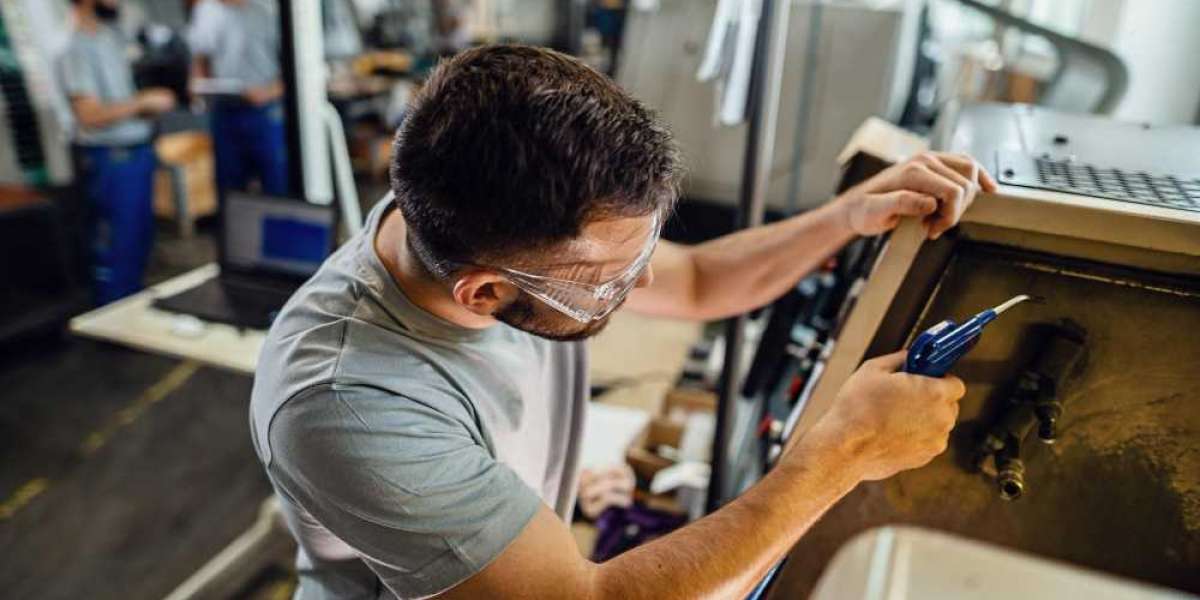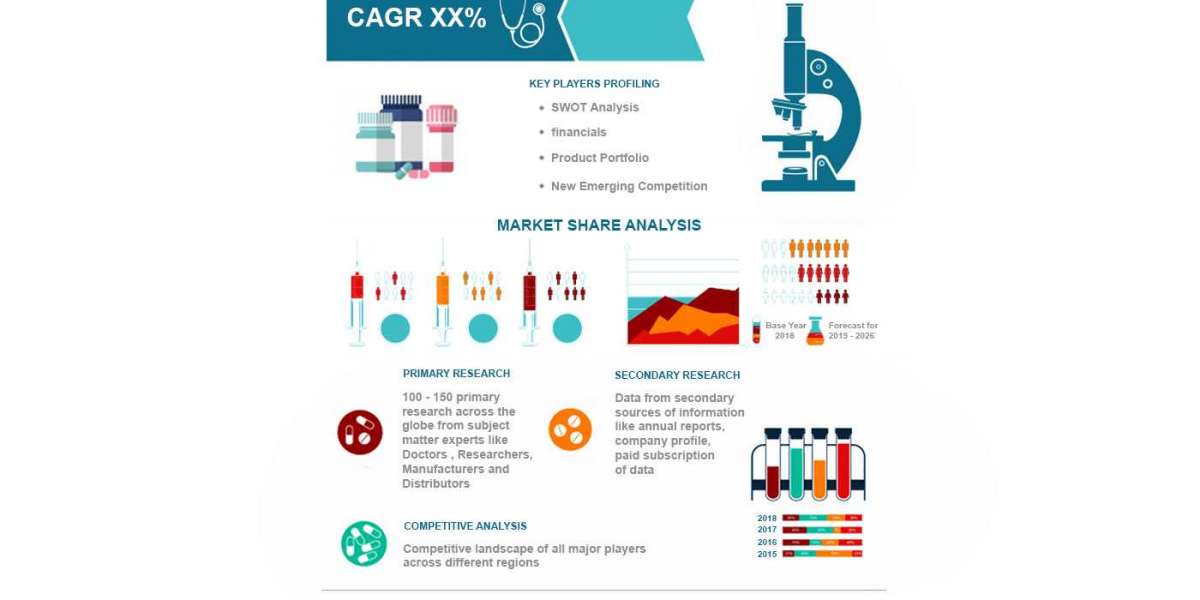The intended use of the part and the physical environment to which it will be exposed are the main factors to be taken into account when choosing a plastic. It follows that consideration must be given to the type of thermoset injection molding material that can tolerate various environmental stresses, such as moisture, temperature fluctuations, chemical exposure, UV radiation exposure, and many others.
In addition, elements including the material's strength, flexibility, color, and pricing need to be taken into account. If you're wondering what the best injection molding near me is or if you want to know about different materials. The injection molding materials that are frequently utilized in the thermoset process are explained in this article.
Material Types
Thermoset injection molding materials have several uses because of the bonds they form—a kind of molding used to create different custom plastic parts. Here are some crucial material kinds to take into account:
Silicone Rubber Liquid
There are several applications for silicone, one of which is the medical field. Silicone has a very high heat tolerance, reaching continuous temperatures of up to 316 degrees Celsius and intermittent temperatures of up to 371 degrees Celsius.
Because they come in a range of durometers (hardness levels), some compounds can even maintain their flexibility at very low temperatures—even double digits below zero degrees Celsius. Liquid silicone rubber's low toxicity and lack of chemical or solvent reactions make it a desirable material for medical purposes. But it's just as common in auto repair shops as it is in hospitals.
Polyurethane
One polymer that may be injection-molded into various final forms with varying degrees of hardness is polyurethane. It seems like a flexible foam at room temperature most of the time. This suggests that it is the perfect compound for load-bearing and shock-absorbing applications that need flexibility, even in a harder form.
Polyurethane's lightweight, abrasion-resistant qualities, heat-resistant up to 248F (120C), and low-temperature flexibility make it ideal for a variety of applications, depending on the original formulation such as thermoplastic molding. Water-based bearings are one application where thermoset polyurethane is employed since it won't seize from swelling after absorbing water.
Epoxy
Epoxy resin is one of the most popular thermosets; it's used extensively as an adhesive and molding compound. This low-cost, readily moldable resin forms cross-bonds with other materials or, when used as an extremely durable adhesive, with itself based on the heating method.
Because of its exceptional toughness and low shrinkage, it is widely employed to produce art and to provide surfaces with a high gloss finish. It is appropriate for electric applications because of its strong electrical insulating properties and resistance to chemicals and solvents. However, epoxy is more sensitive to moisture and more prone to breaking than other thermoset injection molding materials.
Phenolic
Formaldehyde and phenol react to create thermoset phenolic, resin. It is commonly used for brakes and abrasive wheels as a bonding agent. This polymer, most known for its application in the iconic black telephone, was originally known as Bakelite, and it was among the first to be sold commercially.
For laminating cardboard and paper, the phenol-formaldehyde resin works well since it is lightweight, has an incredible tensile and impact strength, and can compress and bend. The additional components added to the phenolic compound yield a variety of final products, including high-speed bearings and balls for tabletop games like billiards.
If you're still curious, look for the top "injection molding company near me" in your area to get any questions you may have answered about the relevant materials. Get collaborated with the best service providers for the best materials and products.









